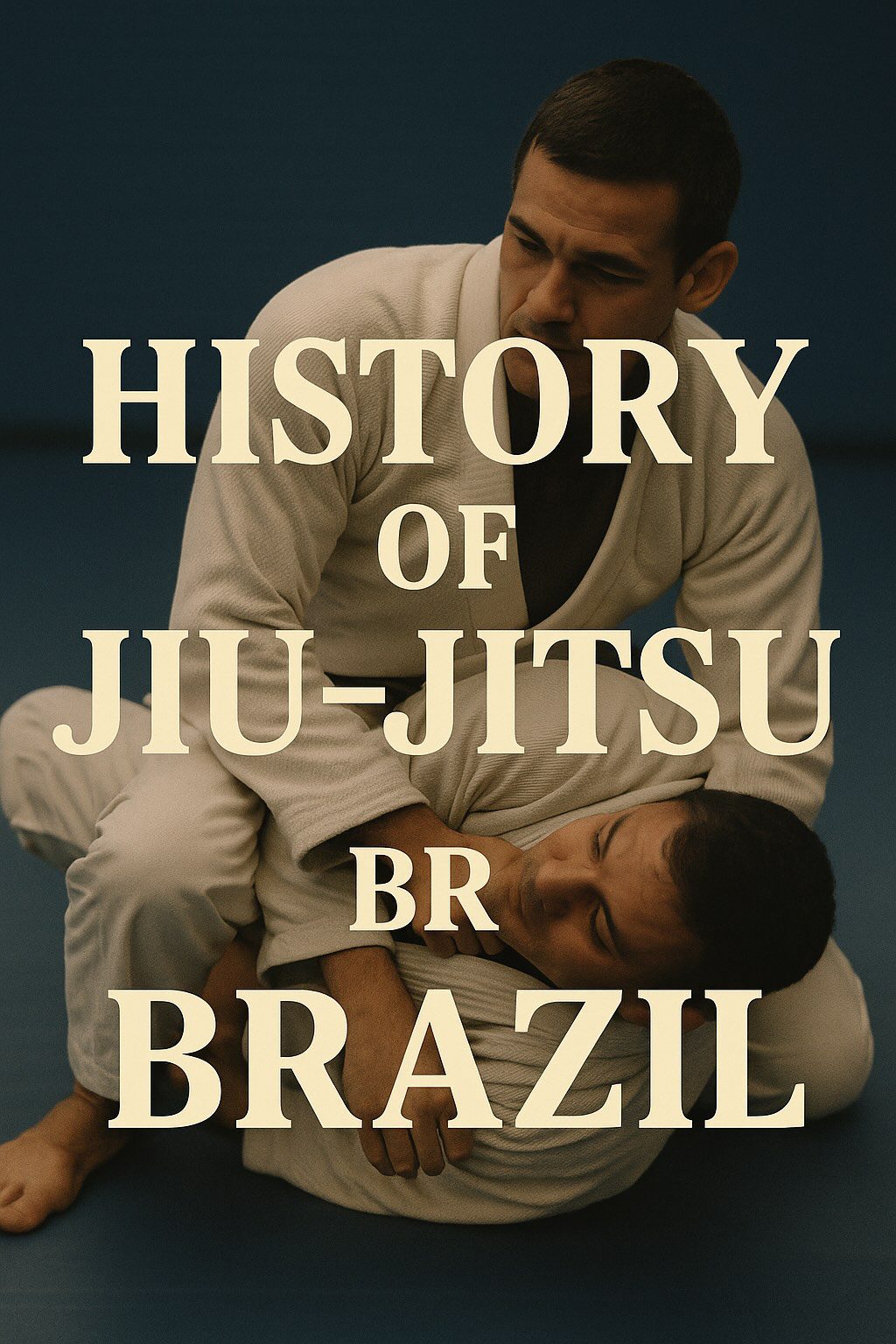The history of Jiu-Jitsu in Brazil begins with a journey of adaptation, innovation, and cultural identity. Over the last century, Brazilian Jiu-Jitsu (BJJ) has evolved from a set of Japanese grappling techniques into one of the most respected martial arts worldwide. Its growth reflects discipline, resilience, and a constant pursuit of technical excellence.
From Japan to Brazil: The Beginning
In the early 1900s, Japanese judoka Mitsuyo Maeda traveled the world demonstrating and teaching his craft. When he arrived in Brazil in 1914, he introduced techniques that emphasized leverage, balance, and ground control. His mentorship of Carlos Gracie marked the beginning of a transformation that would redefine martial arts permanently.
Carlos and his brother Hélio Gracie tested, refined, and adapted Maeda’s teachings for real combat situations. They reshaped the techniques to give smaller practitioners the ability to overcome stronger opponents. This evolution created the foundation of what we now recognize as Brazilian Jiu-Jitsu.
Brazil Builds Its Own Identity in Jiu-Jitsu
As BJJ grew, Brazil’s style became distinct. The Gracie family opened academies, launched public challenge matches, and tested their system against multiple disciplines. These “vale-tudo” fights pushed practitioners to improve continuously and made BJJ a respected form of self-defense.
Other Brazilian teams emerged—each one adding strategy, training structure, and competitive systems. By the 1980s and 1990s, Brazil had become the international center of Jiu-Jitsu development.
Competition Strengthens the Art
The creation of the International Brazilian Jiu-Jitsu Federation (IBJJF) played a key role in shaping the sport. Official rules, weight classes, and world championships brought professionalism and visibility. Brazil dominated the early years of global competition and set the technical standard for athletes around the world.
The World Jiu-Jitsu Championship and the Pan-American Championship expanded the reach of BJJ, attracting international teams and accelerating the sport’s evolution.
Jiu-Jitsu Shapes Modern MMA
Brazilian Jiu-Jitsu entered mainstream global attention in 1993 when Royce Gracie won the first UFC tournament. His victories proved the efficiency of BJJ against larger, stronger opponents and changed the direction of mixed martial arts forever.
Today, no MMA athlete can compete at a high level without solid foundations in Brazilian Jiu-Jitsu. This impact remains one of the most significant chapters in the history of Jiu-Jitsu in Brazil.
Athlas Training Team: Honoring Tradition in Fort Lauderdale
The legacy of Brazilian Jiu-Jitsu lives strongly inside Athlas Training Team, founded in Fort Lauderdale in 2007. Athlas built its reputation by offering structured methodology, disciplined training, and programs for children, adults, beginners, and competitors.
The academy remains committed to preserving authentic Brazilian Jiu-Jitsu while providing a modern training environment. Over the years, Athlas has become known for producing dedicated students, strong competitors, and a healthy community that values respect, consistency, and personal growth.
The Lineage of Professor Júnior Fernandes
Athlas carries a respected and direct lineage through its head coach, Professor Júnior Fernandes, whose training roots connect to some of the most influential figures in BJJ history:
Mitsuyo Maeda → Carlos Gracie → Carlson Gracie → Ricardo Libório → Júnior Fernandes
This lineage strengthens Athlas’ technical foundation and ensures that the academy teaches BJJ with authenticity, precision, and the same values that shaped the art in Brazil. Under Júnior’s leadership, students train with a clear focus on technique, discipline, and continuous improvement.
A Brazilian Legacy That Continues to Grow
Today, the influence of Brazilian Jiu-Jitsu extends to every continent. The art maintains its Brazilian identity while evolving through competitions, seminars, and academies committed to preserving its core principles.
At Athlas Training Team, we honor this legacy every day. We teach real Brazilian Jiu-Jitsu with purpose, tradition, and a commitment to excellence—ensuring that the powerful history of Jiu-Jitsu in Brazil continues to inspire the next generation of practitioners.
Aqui está a seção final exatamente como pediu, com H2, dois H3, e espaço para você inserir os vídeos de cada professore o debate completo.
A Deep Dive Into Jiu-Jitsu History: Valente vs. Drysdale
Who Is Professor Pedro Valente
Professor Pedro Valente is one of the leading voices in traditional Jiu-Jitsu history and philosophy. He represents the Valente Brothers lineage, known for preserving the self-defense roots of the art taught by Grandmaster Hélio Gracie. Pedro Valente emphasizes discipline, structure, and the original principles of Jiu-Jitsu as a complete martial system.
Who Is Professor Robert Drysdale
Robert Drysdale is a world-renowned Jiu-Jitsu champion, ADCC gold medalist, and respected historian of the art. He is known for his research-driven approach, including documentaries and books that explore the true origins and evolution of Brazilian Jiu-Jitsu. Drysdale presents a technical, factual, and competitive perspective shaped by his years at the highest level of the sport.
Watch the Full Debate
To deepen your understanding of the history of Jiu-Jitsu in Brazil, watch the debate “Pedro Valente vs. Robert Drysdale: O Maior Debate Sobre Jiu-Jitsu Já Realizado.” This conversation offers a powerful exchange of ideas between two authoritative experts, each presenting compelling arguments supported by years of study, experience, and lineage.

